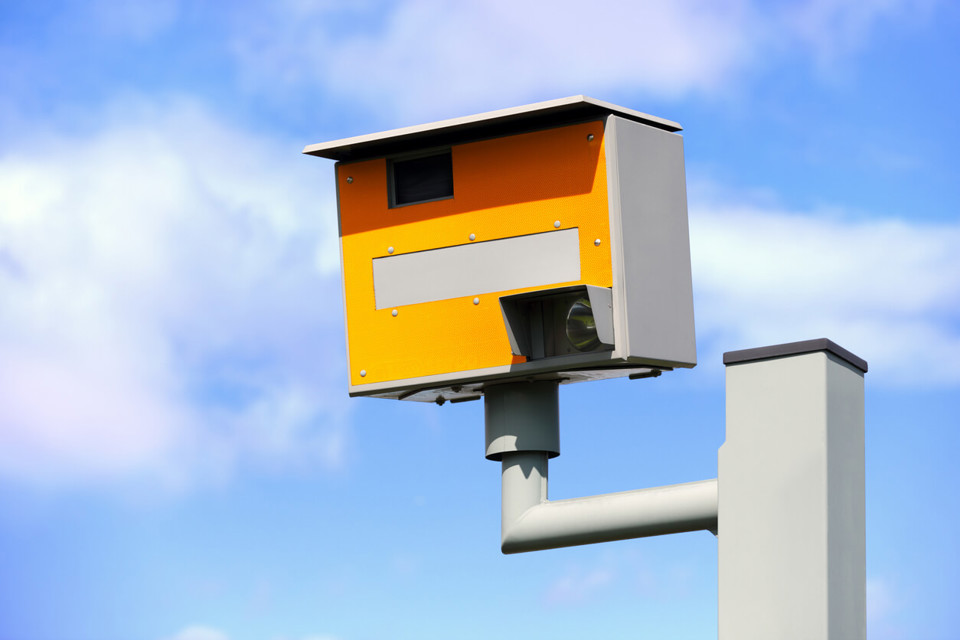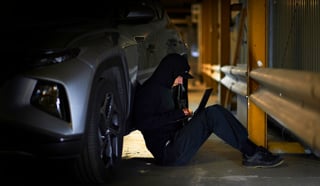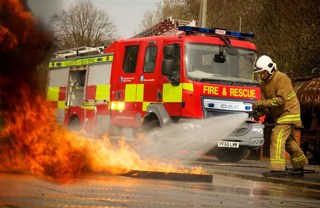The number of fatal and serious collisions fell by more than a quarter (27%) on average after the installation of 551 fixed speed cameras in nine areas, analysis suggests.
There was also an average reduction of 15% in personal injury collisions in the vicinity of the cameras.
However, the research also highlights 21 camera sites at which, or near which, the number of collisions appears to have risen enough to make the cameras worthy of investigation in case they have contributed to the increases.
The data was released in 2011 as part of a Government move to make speed camera operations more transparent to the public.
The analysis formed part of work - commissioned by the RAC Foundation and carried out by Professor Richard Allsop of University College London - to provide advice on interpreting speed camera data.
The estimates for collision reduction were made allowing for the more general downward trend in the number of collisions in the nine areas in recent years, and for the effect of regression to the mean at sites where collision numbers were unusually high in the period before the cameras were installed.
The study comes in the wake of the 2011 instruction from Government that speed camera data going back to 1990, detailing accident statistics before and after fixed speed cameras were installed, be made publically available.
Since 2011, only a third (12 out of 36) of the organisations (a mixture of councils, police forces and safer roads partnerships) responsible for the figures, have published the information in a format which complies with official Department for Transport guidance.
The RAC Foundation asked Professor Allsop to produce a guide for local authorities and other interested parties to help them interpret the data.
As part of his work Professor Allsop studied data from nine of these authorities (with the data from one area being divided into two groups of cameras) and the results are as follows:
|
Partnership area |
Cameras in partnership area |
Average % fall (rise) in collisions near cameras Fatal or All personal Serious injury |
Number of cameras worthy of investigation |
|
|
Cambridgeshire and Peterborough |
47 |
42 |
0 |
4 |
|
Leicester, Leicestershire and Rutland |
15 |
53 |
29 |
0 |
|
Lincolnshire |
50 |
15 |
9 |
0-3 |
|
Merseyside |
33 |
(5) |
(10) |
9-10 |
|
South Yorkshire |
56 |
16 |
0 |
1 |
|
Staffordshire and Stoke on Trent – 1 |
42 |
44 |
32 |
3 |
|
Staffordshire and Stoke on Trent – 2 |
26 |
29 |
23 |
0 |
|
Sussex |
55 |
36 |
21 |
1 |
|
Thames Valley |
203 |
24 |
20 |
1-3 |
|
Warwickshire |
24 |
38 |
25 |
2 |
|
TOTAL |
551 |
27 |
15 |
21 |
The Staffordshire and Stoke on Trent cameras naturally split into two clear groups. The first group contains cameras at sites where there were relatively few collisions and the second has sites at which there were relatively many.
Professor Stephen Glaister, director of the RAC Foundation, said: “At the end of 2010 we published a report by Professor Richard Allsop which concluded that without speed cameras there would be around 800 more people killed or seriously injured each year at that time.
“Overall his new work reinforces those earlier conclusions, but crucially the study has also identified a number of camera sites in the vicinity of which collisions seem to have risen markedly. This may or may not be related to the cameras but warrants further investigation.
“Therefore, on the basis of this study, we have now written to eleven local authorities suggesting they examine the positioning and benefits of a total of 21 cameras.
“This is an intensely complex issue, but there is no one better placed to carry out the task than Professor Allsop and he has now produced a technical guide to help those interested in the subject try and better understand the numbers published for their areas.
“What is disappointing is that only a third of those bodies required to release the data have done so in a readily useable and consistent form.”





















Login to comment
Comments
No comments have been made yet.